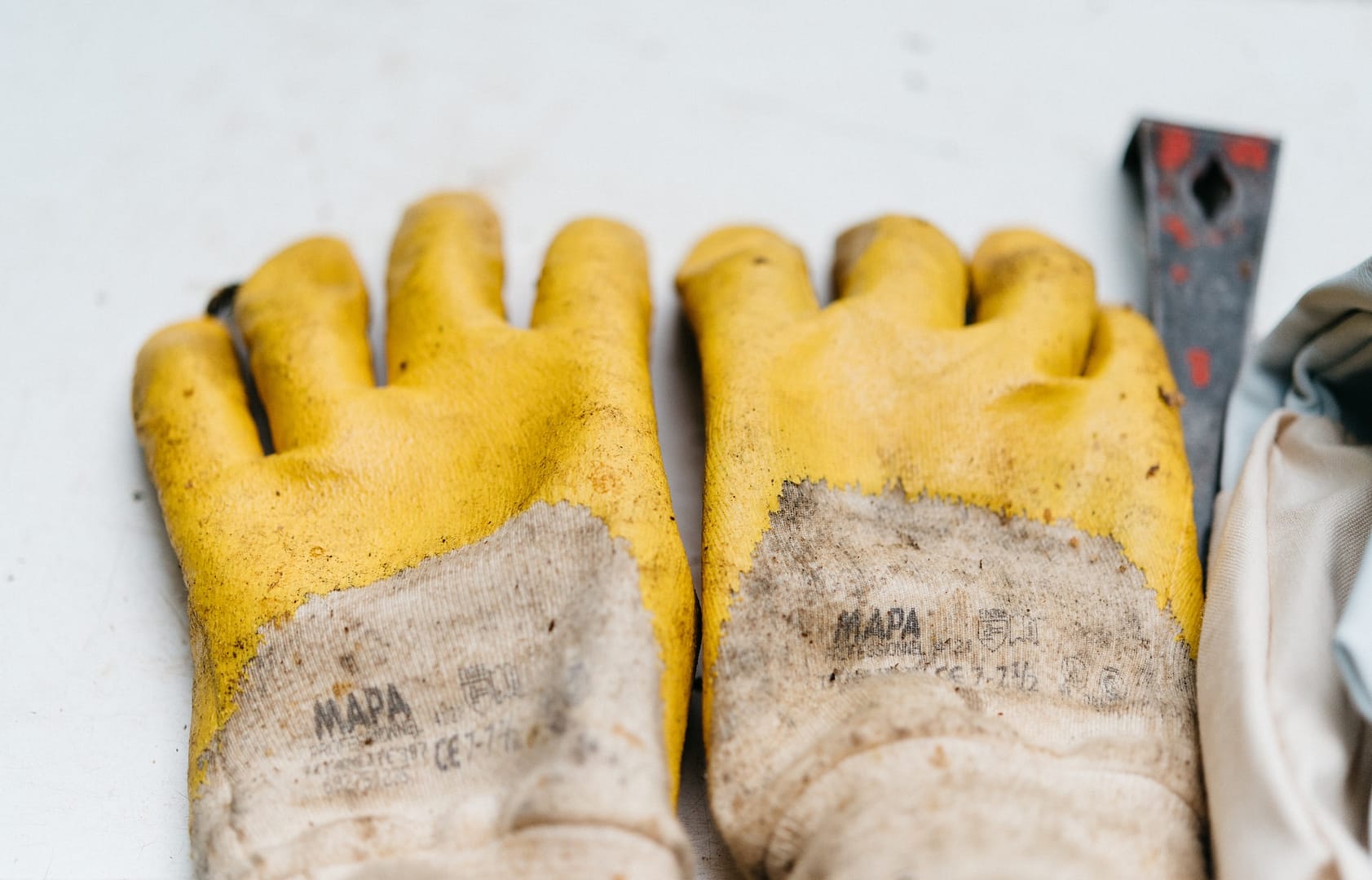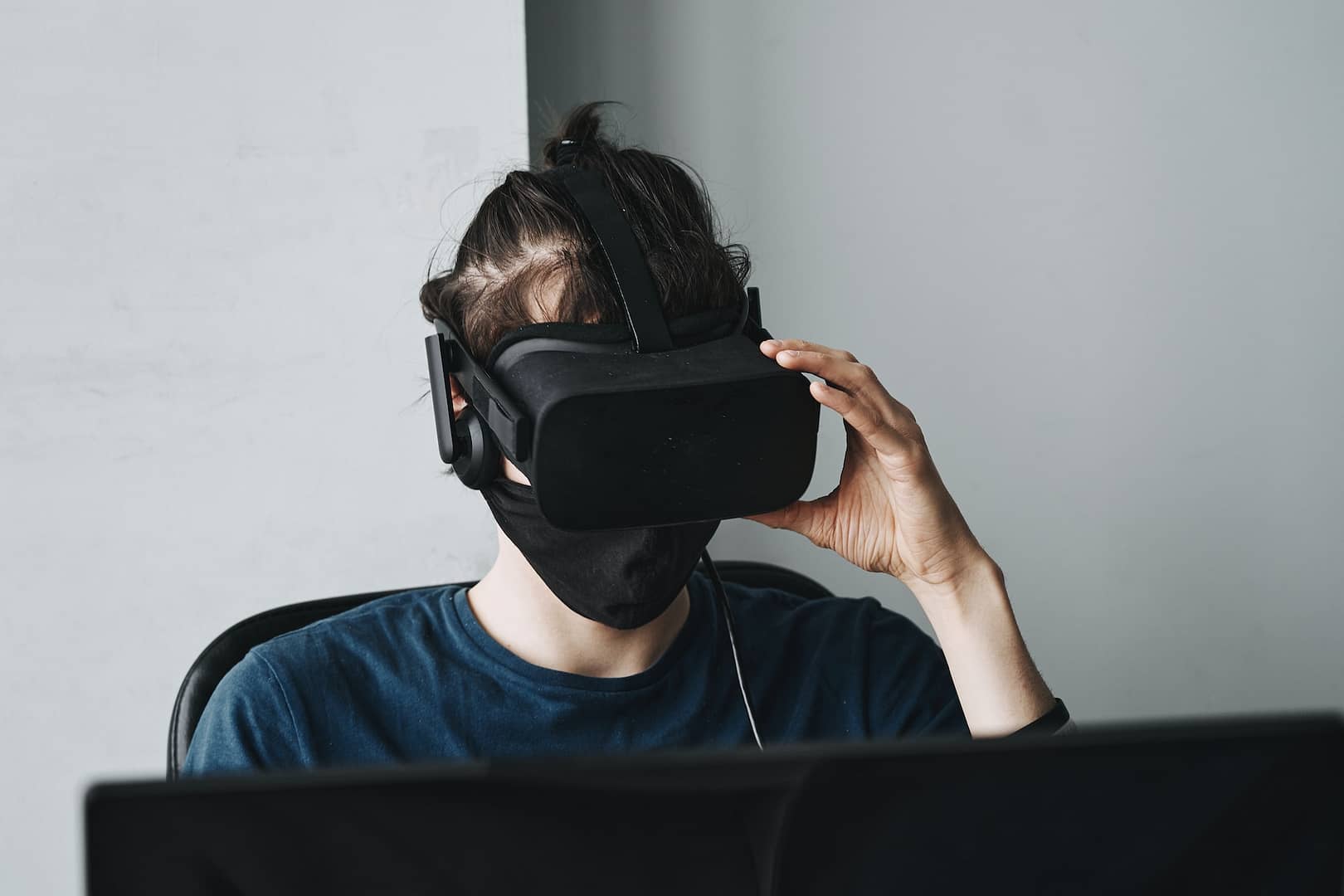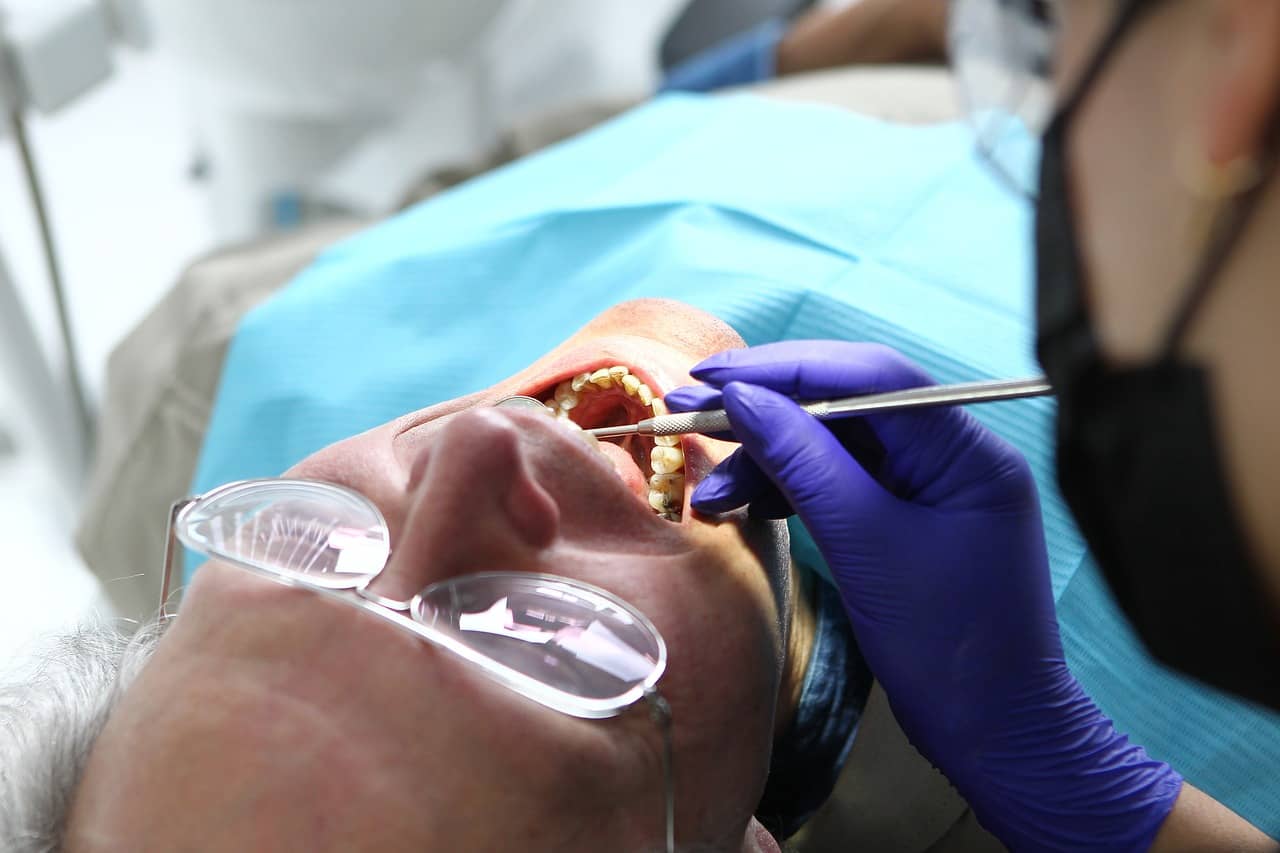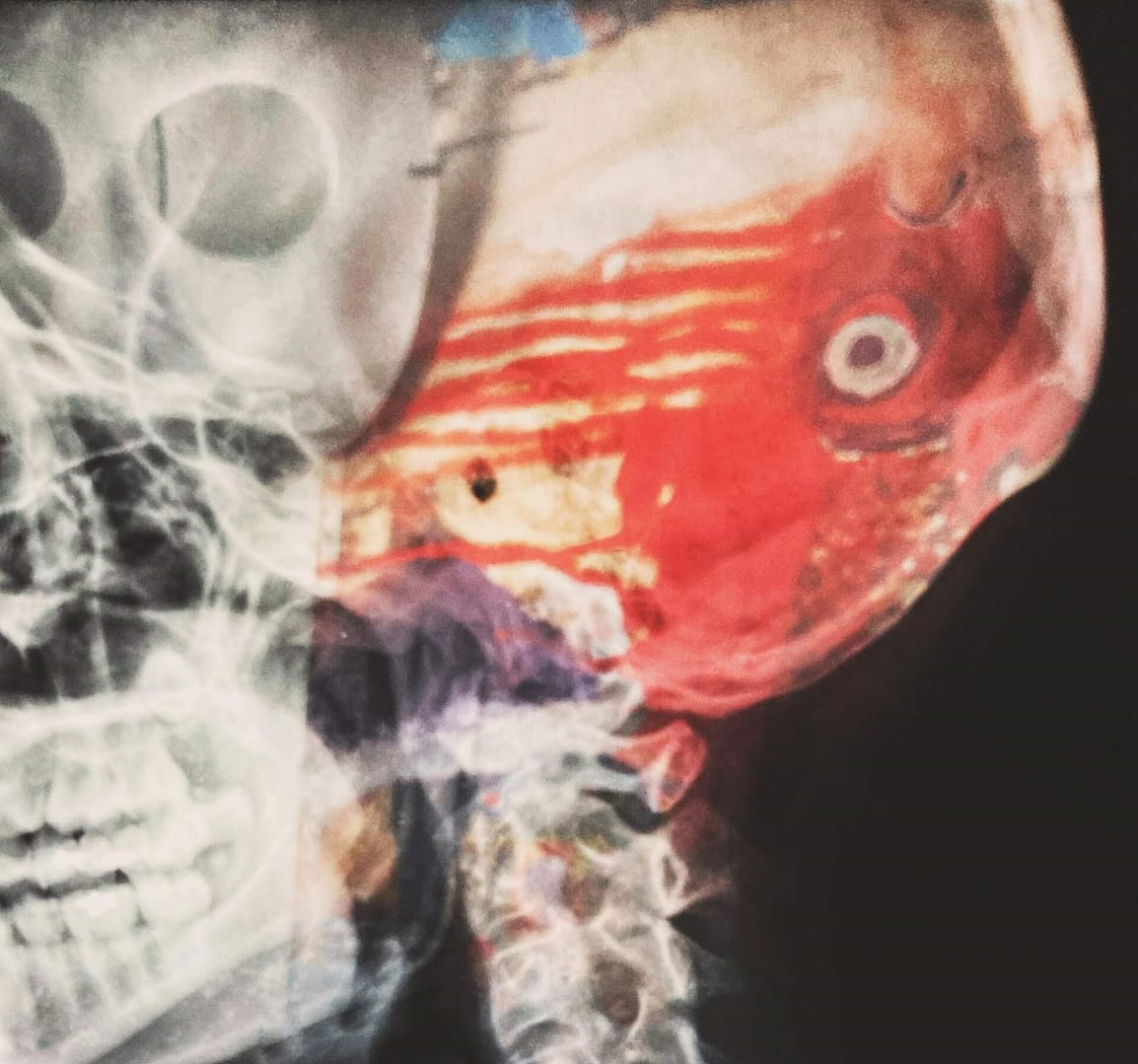In the quest for safer workplaces, technology has emerged as a powerful ally. Among the technological advancements, Artificial Intelligence (AI) has stood out as a game-changer. But can AI truly keep us safer at work? Let’s explore how AI is revolutionising workplace safety and whether it holds the key to solving our workplace safety problems. We will walk you through the steps to take when making an accident at work claim.
The Promise of AI in Workplace Safety
AI’s potential to enhance workplace safety is vast and multifaceted. It offers a proactive approach to identifying and mitigating risks, making it a crucial tool for employers and employees alike. Here are some key ways in which AI can make the workplace safer:
Predictive Analytics
Imagine having the ability to predict workplace accidents before they happen. AI, fueled by data analytics, can do just that. By analysing historical accident data, AI algorithms can identify patterns and factors that contribute to accidents. These insights can then be used to predict potential risks and implement preventive measures.
For example, in the UK, a construction company used AI-powered predictive analytics to anticipate equipment failures on construction sites. By monitoring data from heavy machinery, the system could detect anomalies and recommend maintenance before a breakdown occurred. This not only prevented costly downtime but also ensured the safety of workers who might have been at risk in the event of a sudden equipment failure.
Real-time Monitoring
One of AI’s strengths is its ability to continuously monitor and assess situations in real-time. This capability is invaluable in high-risk environments, such as factories and chemical plants. AI-powered sensors can detect changes in temperature, air quality, and other environmental factors, sending instant alerts if conditions become hazardous.
In a manufacturing plant, for instance, AI-equipped sensors can detect leaks of toxic gases immediately. Employees can be evacuated promptly, preventing exposure to harmful substances. This real-time monitoring not only safeguards the health of workers but also helps prevent environmental disasters.
Robotic Assistance
Robots have become a common sight in many industries, performing tasks that are too dangerous or repetitive for humans. AI plays a vital role in enabling these robots to work safely alongside human employees. Advanced AI algorithms allow robots to detect and respond to human presence, ensuring that they don’t pose a threat to workers.
In the automotive industry, AI-powered robots are used for tasks such as welding and painting. These robots can identify when a human worker enters their vicinity and adjust their actions accordingly, reducing the risk of accidents.
AI in Practice: A Story of Workplace Safety Transformation
To understand the real-world impact of AI on workplace safety, let’s delve into the story of a manufacturing company based in the UK. This company, let’s call it “SafeTech Manufacturing,” specialises in producing complex machinery for various industries.
The Challenge
SafeTech Manufacturing faced a significant challenge: ensuring the safety of its employees while working with heavy machinery. The manufacturing process involved large robots and conveyor belts, which posed a risk of accidents if not closely monitored. The company was determined to find a solution that would enhance safety without compromising productivity.
The AI Solution
SafeTech Manufacturing decided to harness the power of AI to address their safety concerns. They implemented a comprehensive AI system that included predictive analytics, real-time monitoring, and robotic assistance.
Predictive Analytics
The company collected data on past accidents and near-misses. Using AI algorithms, they analysed this data to identify common patterns and factors leading to accidents. For instance, they discovered that accidents were more likely to occur when machines were operating at maximum capacity for extended periods. Armed with this knowledge, they implemented maintenance schedules that reduced the risk of equipment failure.
Real-time Monitoring
SafeTech Manufacturing installed a network of sensors throughout the facility. These sensors continuously monitored environmental conditions, machine performance, and employee movements. If a sensor detected a potentially hazardous situation, it immediately sent an alert to the central control system.
One day, as an employee was working near a conveyor belt, a sensor detected a sudden increase in temperature, indicating a potential overheating issue. The AI system quickly shut down the conveyor belt and alerted the maintenance team. Thanks to this rapid response, a potentially dangerous situation was averted, and the employee remained unharmed.
Robotic Assistance
To improve worker safety around the large robots, SafeTech Manufacturing employed AI-equipped robots that could sense the presence of human employees. These robots would slow down or stop their movements if a worker approached too closely. This feature reduced the risk of collisions and ensured that human workers could interact safely with the machines.
The Results
The implementation of AI-driven safety measures at SafeTech Manufacturing yielded impressive results. The number of workplace accidents decreased significantly, and near-miss incidents were virtually eliminated. Employee morale improved as workers felt safer and more confident in their work environment.
Additionally, the company saw financial benefits. Downtime due to unexpected equipment failures was drastically reduced, leading to increased productivity and cost savings. SafeTech Manufacturing’s commitment to safety also enhanced its reputation, attracting new clients who valued the company’s dedication to employee well-being.
Can AI Solve All Workplace Safety Problems?
While AI has unquestionably made significant strides in enhancing workplace safety, it’s important to acknowledge that it is not a panacea. There are certain limitations and challenges associated with AI in this context.
Data Quality and Bias
AI relies heavily on data for its decision-making processes. If the data used to train AI models are incomplete or biassed, it can lead to flawed predictions and recommendations. For example, if historical accident data does not accurately represent the full range of workplace risks, the AI system may fail to identify emerging dangers.
Human Error
AI can assist in reducing the risk of accidents caused by machinery or environmental factors, but it cannot eliminate the possibility of accidents caused by human error. In many industries, human actions and decisions play a significant role in workplace safety. While AI can provide guidance and warnings, it cannot replace the need for a vigilant and well-trained workforce.
Implementation Costs
Implementing AI-driven safety measures can be costly, especially for small and medium-sized businesses. The initial investment in sensors, AI software, and employee training may be a barrier for some organisations. However, it’s essential to view these costs as an investment in employee well-being and long-term business sustainability.
The Road Ahead: Combining AI with Human Expertise
In conclusion, AI holds immense potential to make workplaces safer by leveraging predictive analytics, real-time monitoring, and robotic assistance. It can help identify and mitigate risks, prevent accidents, and improve overall safety conditions. However, AI is not a one-size-fits-all solution, and its effectiveness depends on data quality, human factors, and financial considerations.
To maximise the benefits of AI in workplace safety, organisations should view it as a complementary tool rather than a replacement for human expertise. Human workers, with their experience and intuition, play an irreplaceable role in maintaining a safe work environment. AI can enhance their efforts by providing timely information and support.
Ultimately, the combination of AI and human expertise offers the best chance of keeping us safer at work. It’s a partnership that has the potential to transform workplaces, reduce accidents, and protect the well-being of employees, all while ensuring that businesses remain competitive and sustainable in the long run.
Making an Accident at Work Claim with National Claims
At National Claims, we understand that workplace accidents can have devastating consequences. Despite the significant strides made in workplace safety through AI, accidents can still happen. If you’ve been injured in a workplace accident and believe it was due to negligence or unsafe conditions, you may be entitled to compensation.
Our team of claims specialists are experienced in handling workplace accident claims, and we’re here to guide you through the claims process. Here’s how you can make an accident at work claim with National Claims:
Contact Us: Reach out to our team by phone or through our website to schedule a free consultation. During this initial conversation, we’ll gather details about your accident and assess the potential for a claim.
Evaluation: Our team will thoroughly evaluate your case, examining the circumstances of the accident, the extent of your injuries, and the liability of your employer or other parties involved.
Legal Representation: If we believe you have a valid claim, we’ll provide you with legal representation. Our experienced solicitors will handle all aspects of your case, including gathering evidence, negotiating with the responsible party, and representing you in court if necessary.
Compensation: Our goal is to secure the maximum compensation possible for your injuries and losses. This may include compensation for medical expenses, lost wages, pain and suffering, and other damages.
No Win, No Fee: At National Claims, we operate on a “No Win, No Fee” basis. This means that you won’t incur any legal fees unless we successfully secure compensation for you.

Conclusion
Artificial Intelligence has undoubtedly transformed workplace safety, offering predictive analytics, real-time monitoring, and robotic assistance as tools to mitigate risks and protect employees. Through real-world examples like SafeTech Manufacturing in the UK, we’ve seen how AI can significantly reduce accidents and improve workplace safety conditions.
However, AI is not a cure-all solution for workplace safety. It must be integrated with human expertise, and challenges such as data quality, human error, and implementation costs must be considered. Nonetheless, the partnership between AI and human vigilance offers the best path forward for safer workplaces.
In the unfortunate event of a workplace accident, organisations like National Claims are here to help. We specialise in assisting those who have been injured due to workplace negligence, ensuring they receive the compensation they deserve. With the continued advancement of AI and a commitment to safety, we can work towards a future where workplace accidents become increasingly rare, and employees can work with confidence and peace of mind.
Start your claim and speak to one of our claims specialists by contacting us today.
Click below to see why we are one of the most trusted claims management companies in the UK.

We’re proud of our excellent customer reviews
We thrive on delivering exceptional service and ensuring our clients’ satisfaction. Don’t just take our word for it. Check out some of our independent reviews to see what our clients have to say.
Excellent

This firm is excellent, they sorted out my car pay out and injury claim very fast, they always communicate with you all the time.

My accident case was dealt with confidence and with great result of the outcome, especially James kept me informed all the time.

I was very impressed at the way my inquiry was treated. I was listened to attentively and everything I needed to know was explained to me.






